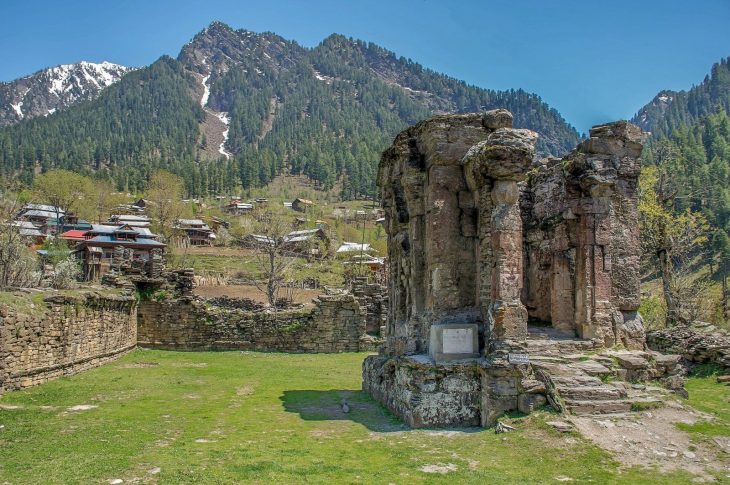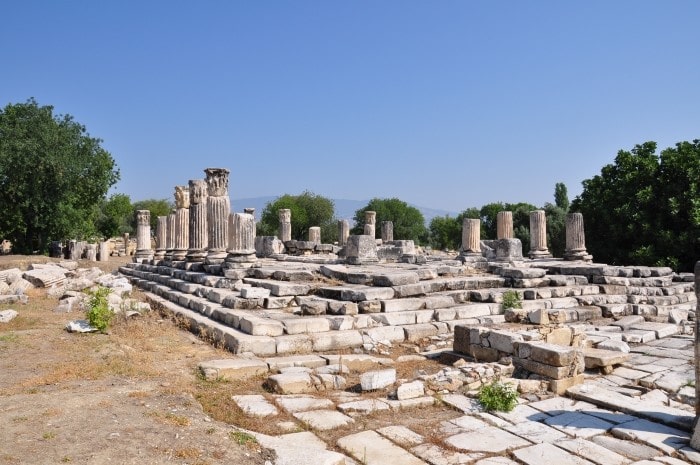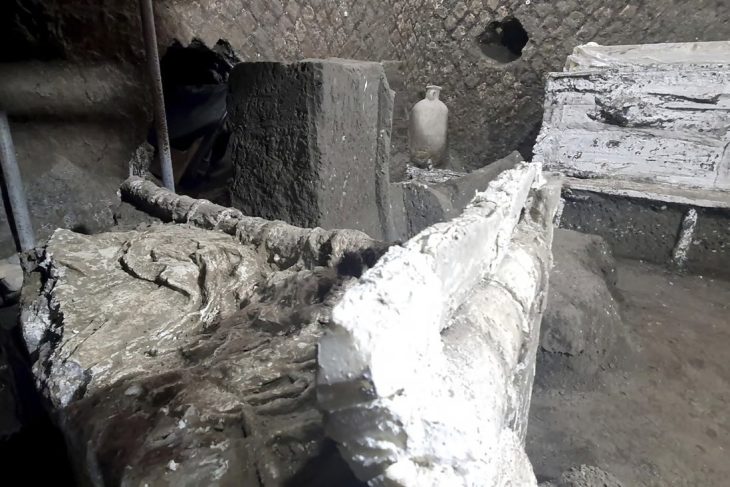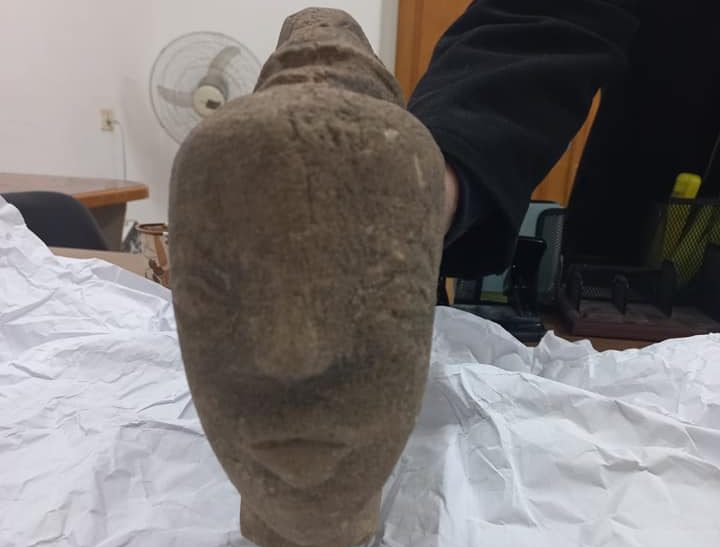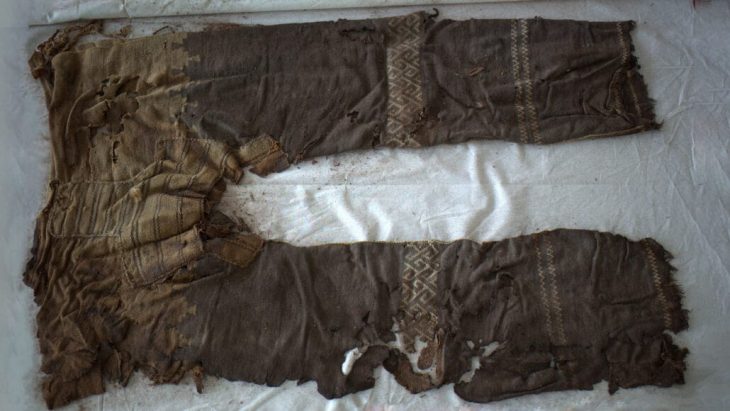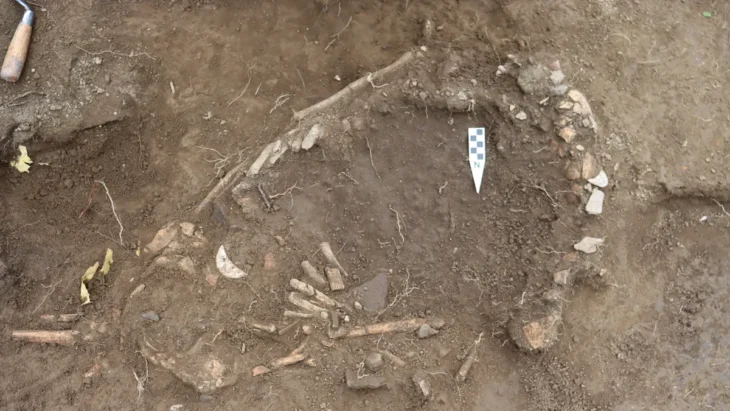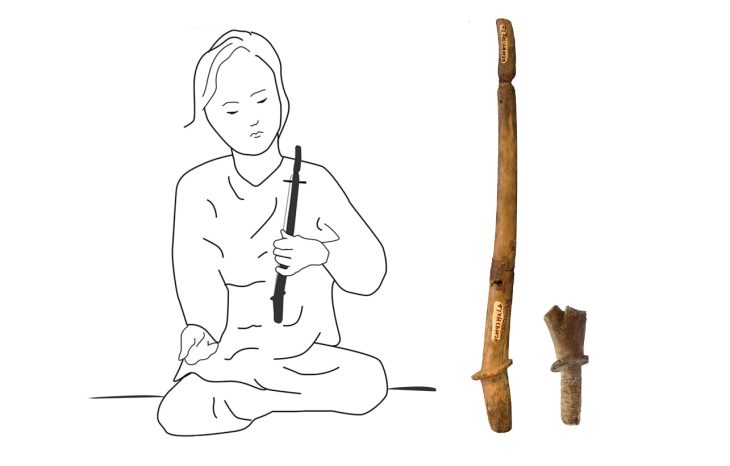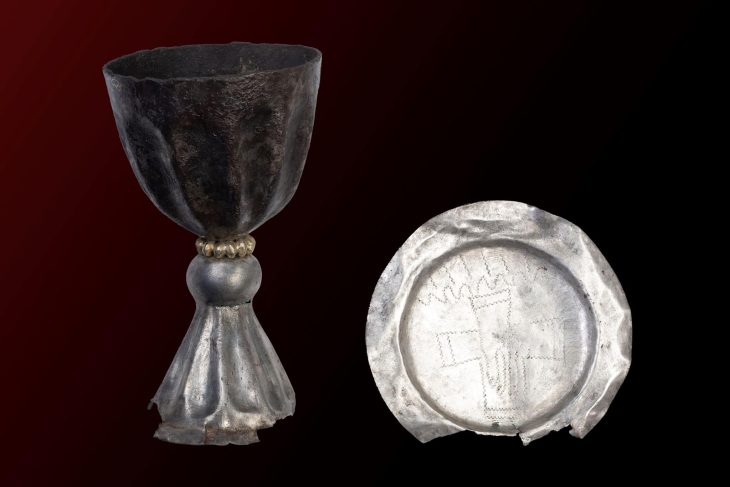A Customs Inscription from the Lycian civilization, located in Andriake port in the southern province of Antalya’s Demre district, tells about ancient times, and also reflects the importance of Türkiye’s geographical location in maritime trade thousands of years ago.
The Ancient City of Andriake is 5 km away from the Demre district of Antalya. It was one of the most important ports of Lycia, such as Phaselis and Patara, in ancient times. It is known as the port of the Ancient City of Myra and a settlement formed by it, rather than being a separate city.
The inscription, discovered in the vicinity of the largest Granarium in the Mediterranean, named after Emperor Hadrian (Horrea Hadriani), contains information about the Lycian Union Customs Laws, port usage rules and taxes, and those who brought goods through maritime trade.
The Lycian League was founded with 23 cities along the Mediterranean’s Teke Peninsula. The league, known as history’s first democratic union, served as a model for modern democratic systems. Patara (the capital), Xanthos, Pinara, Olympos, Myra, and Tlos were among the major cities of this federation.
The excavations of the ancient port of Andriake began in 2009. Professor Nevzat Çevik, the excavations’ director, stated that after discovering the inscription, they deepened the excavations in that direction.

“Understanding a port, especially the customs part, is a very important thing. We are following traces. We are trying to examine these traces both archaeologically and epigraphically with Associated Professor Burak Takmer, who is studying this famous inscription as his doctoral thesis,” Çevik said.
While various structures such as the Granarium, Agora, baths, port shops, honorary monuments, five churches, shipyards were mostly unearthed during the excavations, the customs inscription is the focus of this year’s work.
Takmer clarified the dating of the monument by determining that C. Licinius Mucianus, who is known to have been the Governor of the Lycian province during the reign of Emperor Nero, was mentioned in the third line.
The first nine lines of the inscription, which is dated between 60-63 A.D. and consists of 87 lines, could not be evaluated accurately because the lines were severely damaged. However, the general content of the inscription was clarified that it contains the Customs Law of the Lycian State. The inscription contains articles of law on how the port will be used, how the taxes will be paid and what goods will be shipped.
Speaking about the latest developments regarding the Andriake excavations, Çevik said that following the restoration work, the area turned into the Lycian Civilizations Museum, which is a great source of happiness for an archaeologist.
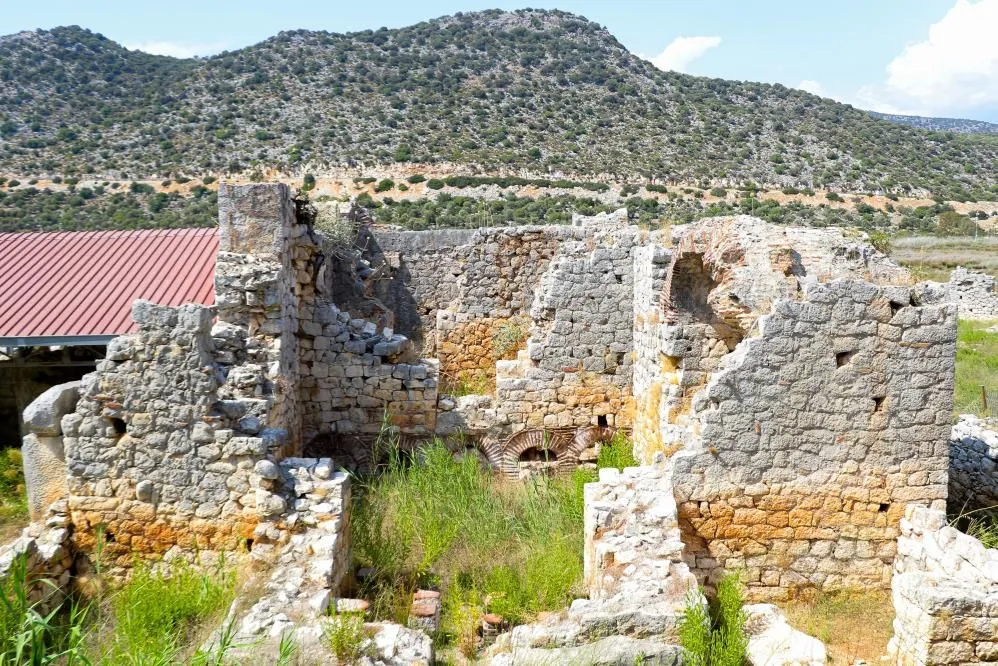
Çevik stated that this year’s excavations continue in the Customs area and on Agora Street, and said, “A large inscription dating back to the reign of Emperor Nero, erected in 63 A.D., was found here. It is the Customs Laws of the Lycian Union. We are digging the structure of this inscription and the street where it is located. Since understanding the customs of a port is very important, we are pursuing new traces.”
Çevik also underlined that the Andriake Port was an important port not only for Myra but also for the Lycian period.
“There is a 2,307-square-meter Granarium named after Emperor Hadrian, which is the largest silos of the ancient Mediterranean. The fact that the Customs Laws of the Lycian Union was found in Andriake shows that it was the central port and the union’s fleet was probably located here,” Çevik added.





